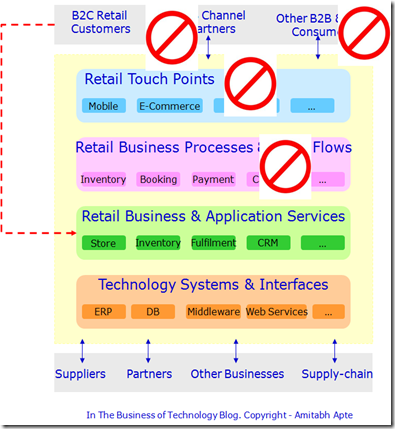How Innovative Retail Architecture is Boosting Profits at ASOS
So what makes ASOS special? ASOS targets internet-savvy 16 to 34-year-old women looking to emulate the designer looks of celebrities such as Kate Moss, Sienna Miller and Alexa Chung, but at a fraction of the price. While many retailers have struggled against tough macro headwinds, ASOS has prospered, benefiting from a young core customer base and the migration of spending from the high street to the Internet. The firm has a Facebook store and mobile applications. “This is about the shopping experience coming to you. That could be via apps, on your mobile, on Facebook,” said the CEO. “This is the next shift in terms of how we perceive shopping online. Rather than websites that you go to I think it becomes much more part of your personalised web experience.” Compare and contrast this with the fact that, despite huge outlays in the past, the new Marks & Spencer boss is to spend an extra £600m on its UK chain.
But the unsung hero behind ASOS flight according to me is the innovation which ASOS IT department is bringing to the business. ASOS has crashed the conventional retail reference architecture and brought innovation leveraging the technology advances such as Cloud Computing, Social Media and Consumer Devices. For instance ASOS is assessing how Microsoft’s Azure cloud service could be used to expose mobile data application programming interfaces, which would enable it to extend its reach through mash-ups. Daniel West, IT director, ASOS, has established an IT strategy to build for the cloud first, rather than on-premise. “We look at the cloud first and build if nothing is available.” Daniel West said: “My technology design is to support our international growth. So we need to look at delivery through the cloud.”
 |
| Innovative Retail Reference Architecture (Revised V2) |
ASOS successfully demonstrate that Industry Reference Architectures are a sound and solid foundation but they are not sacred and should be chopped, changed and innovated to bring dynamic benefits to the business. I am not claiming that innovative Retail Architecture is the only reason behind ASOS success. Smart branding, clear customer segmentation, effective supply-chain and visionary leadership have clearly contributed to ASOS success. However, the contributions from ASOS IT team can not be underestimated in the analysis of ASOS success.




